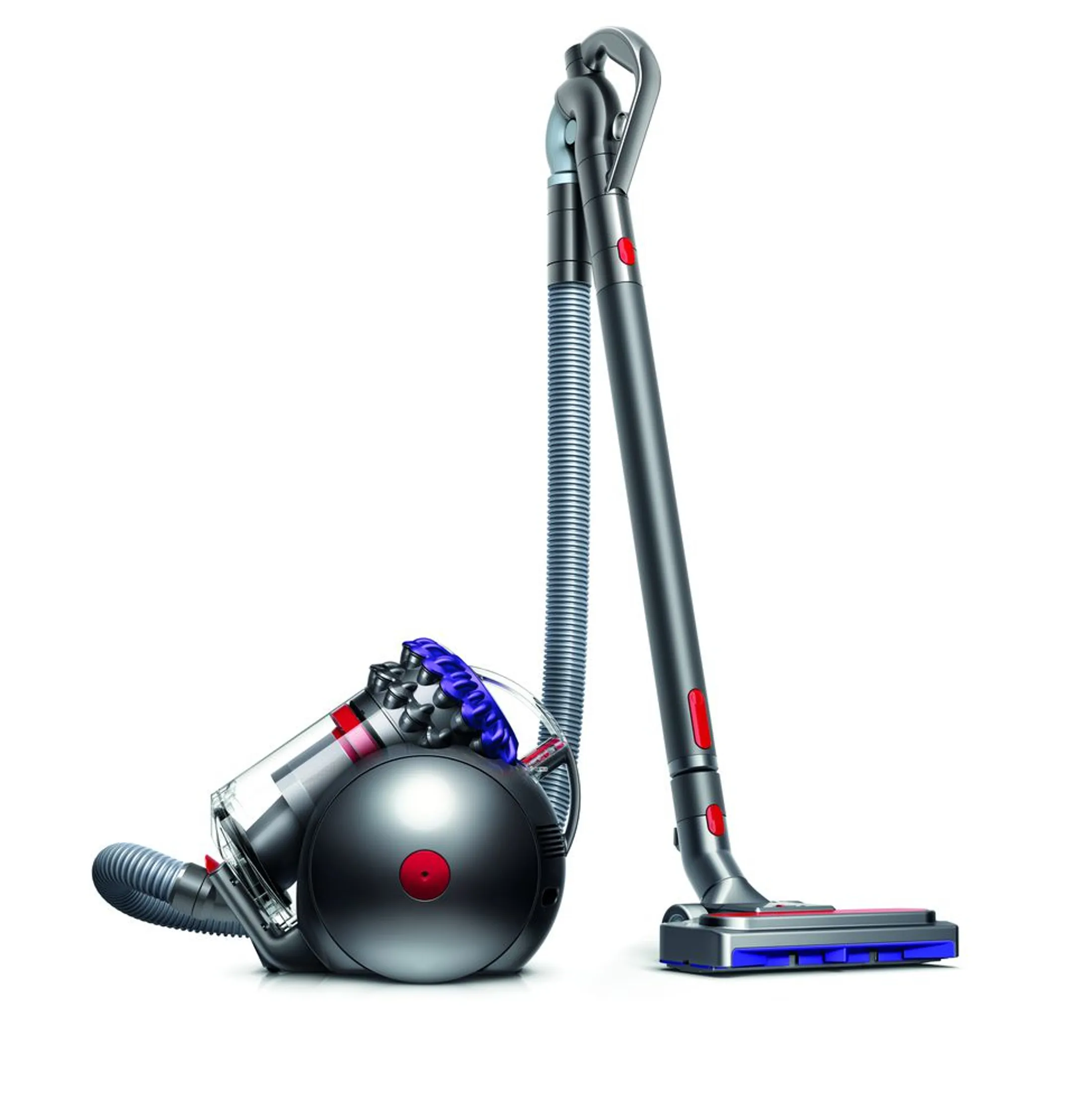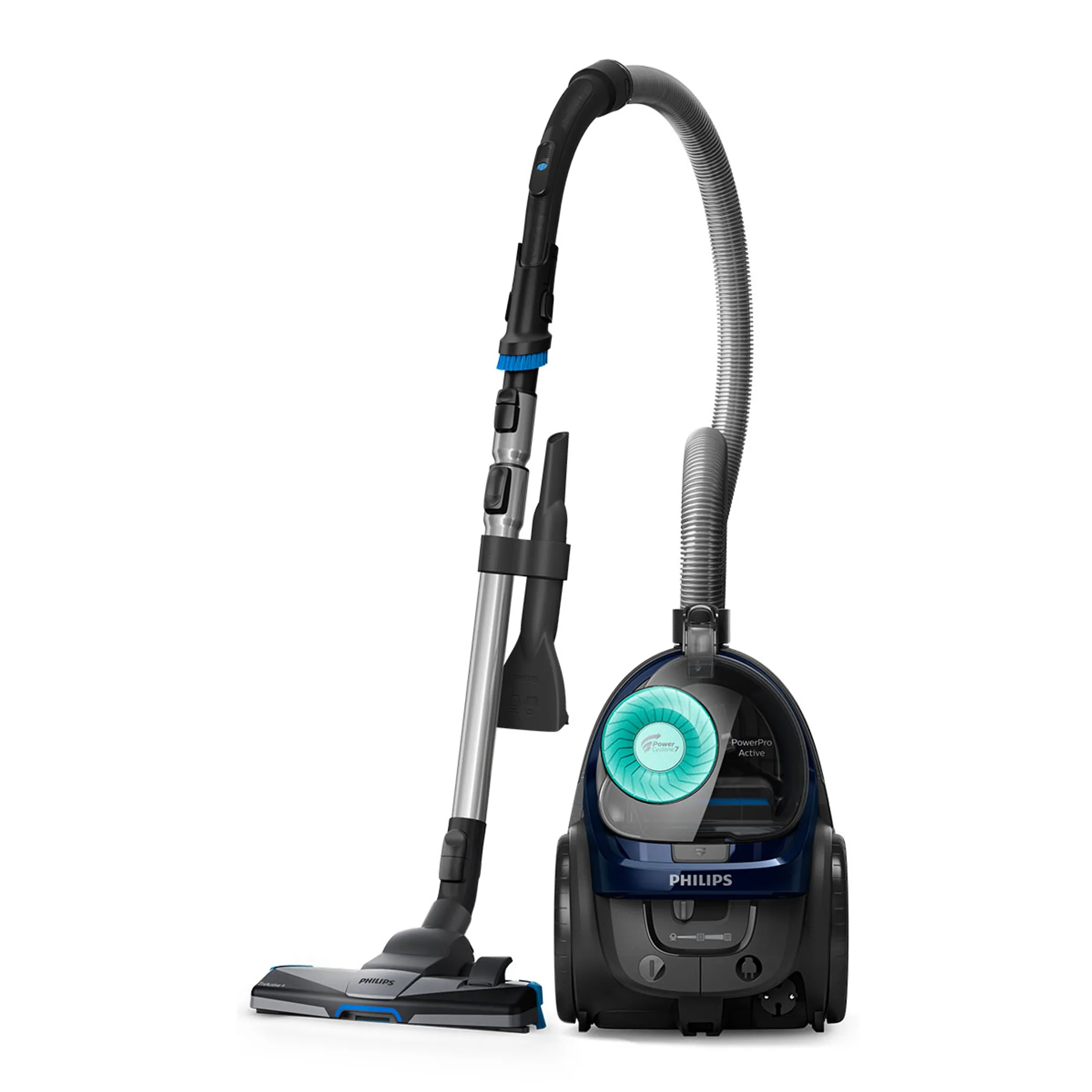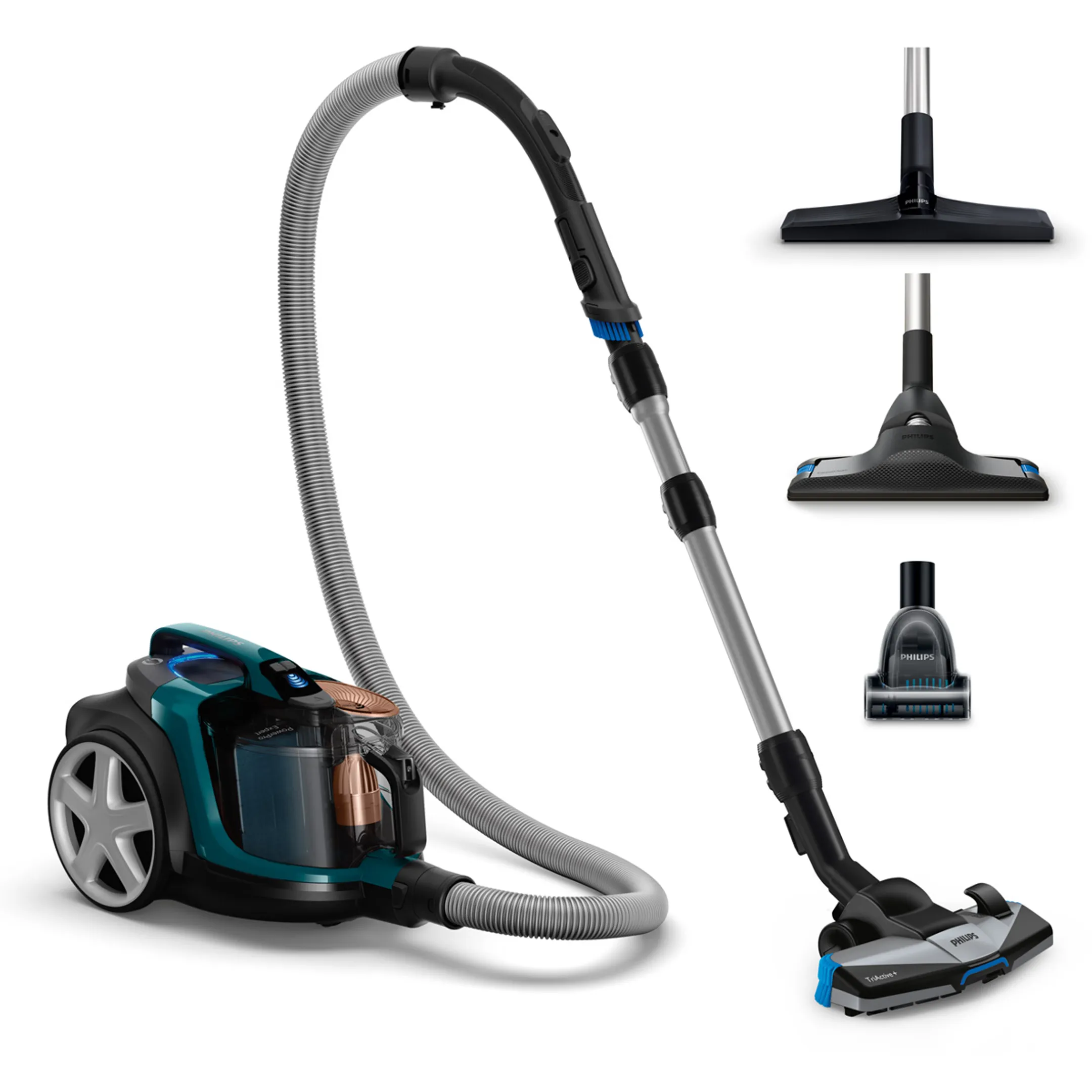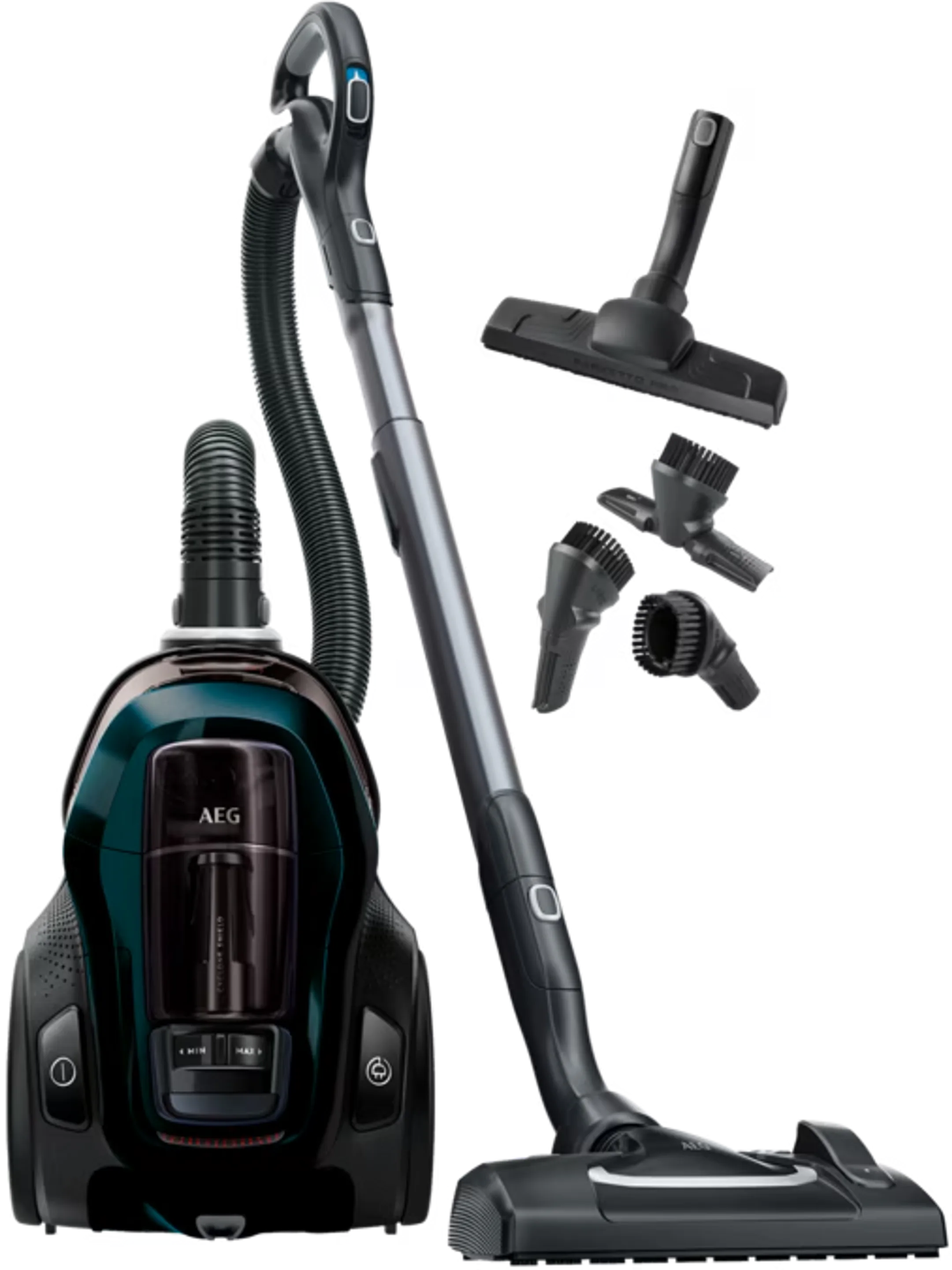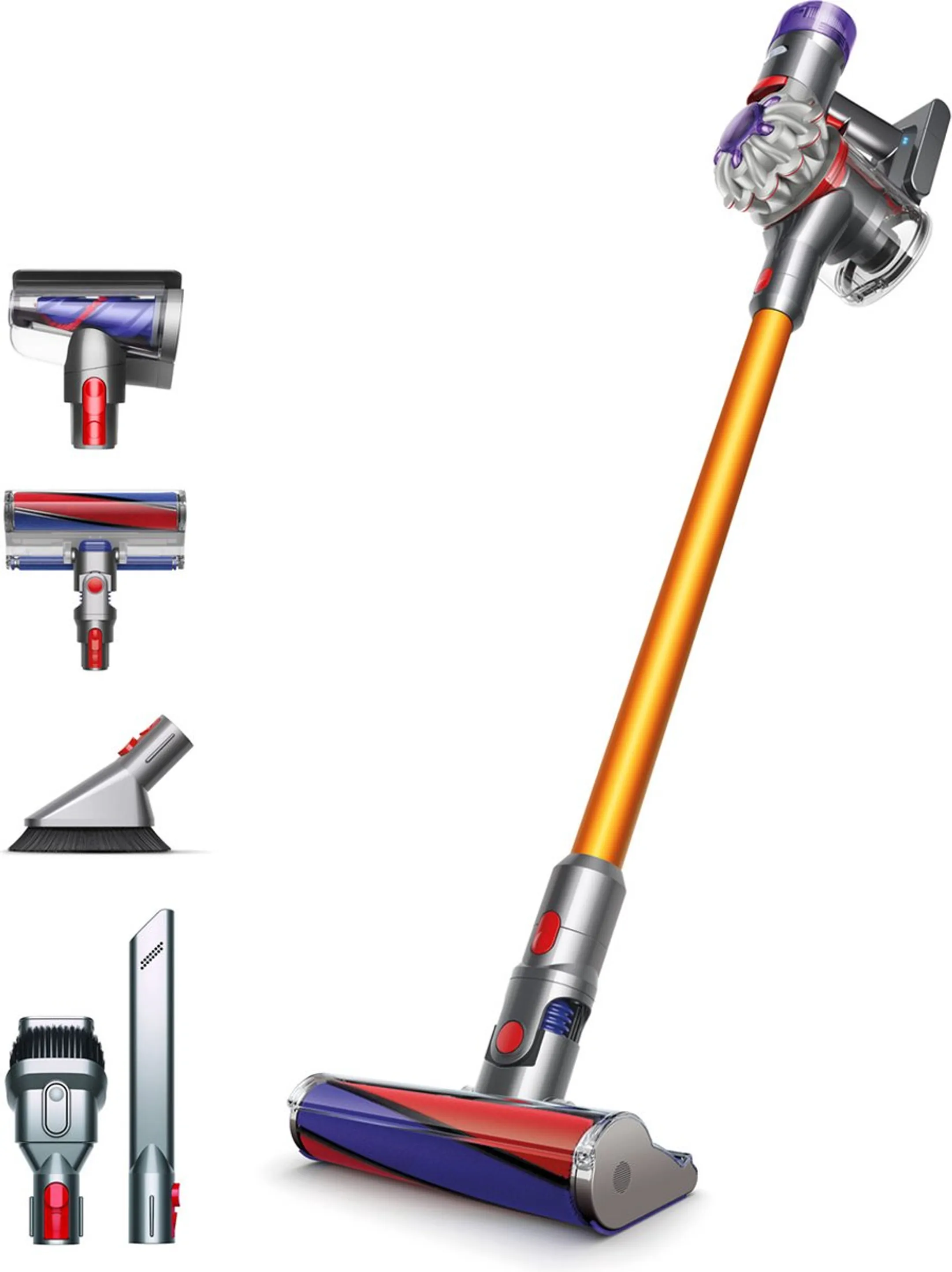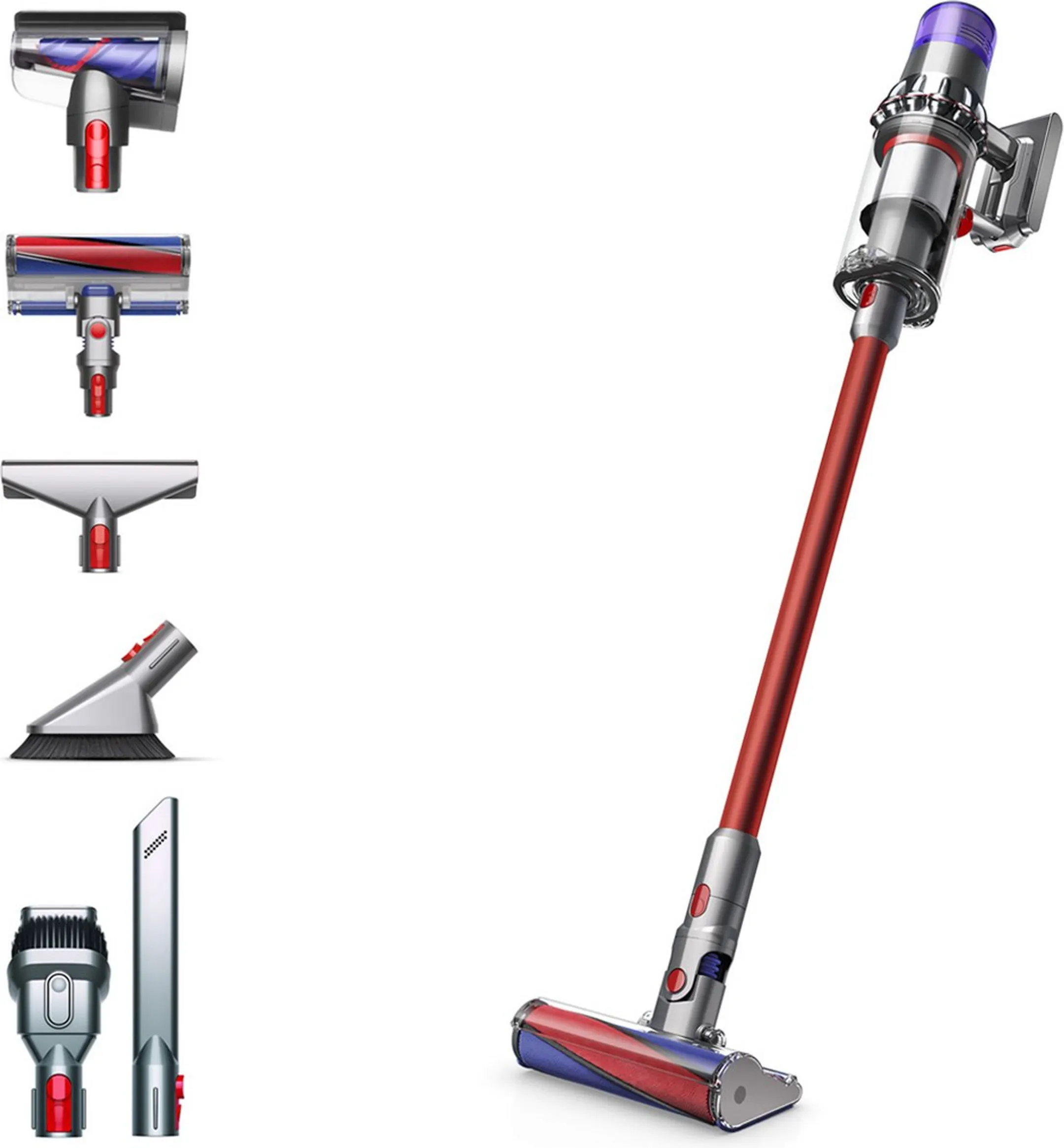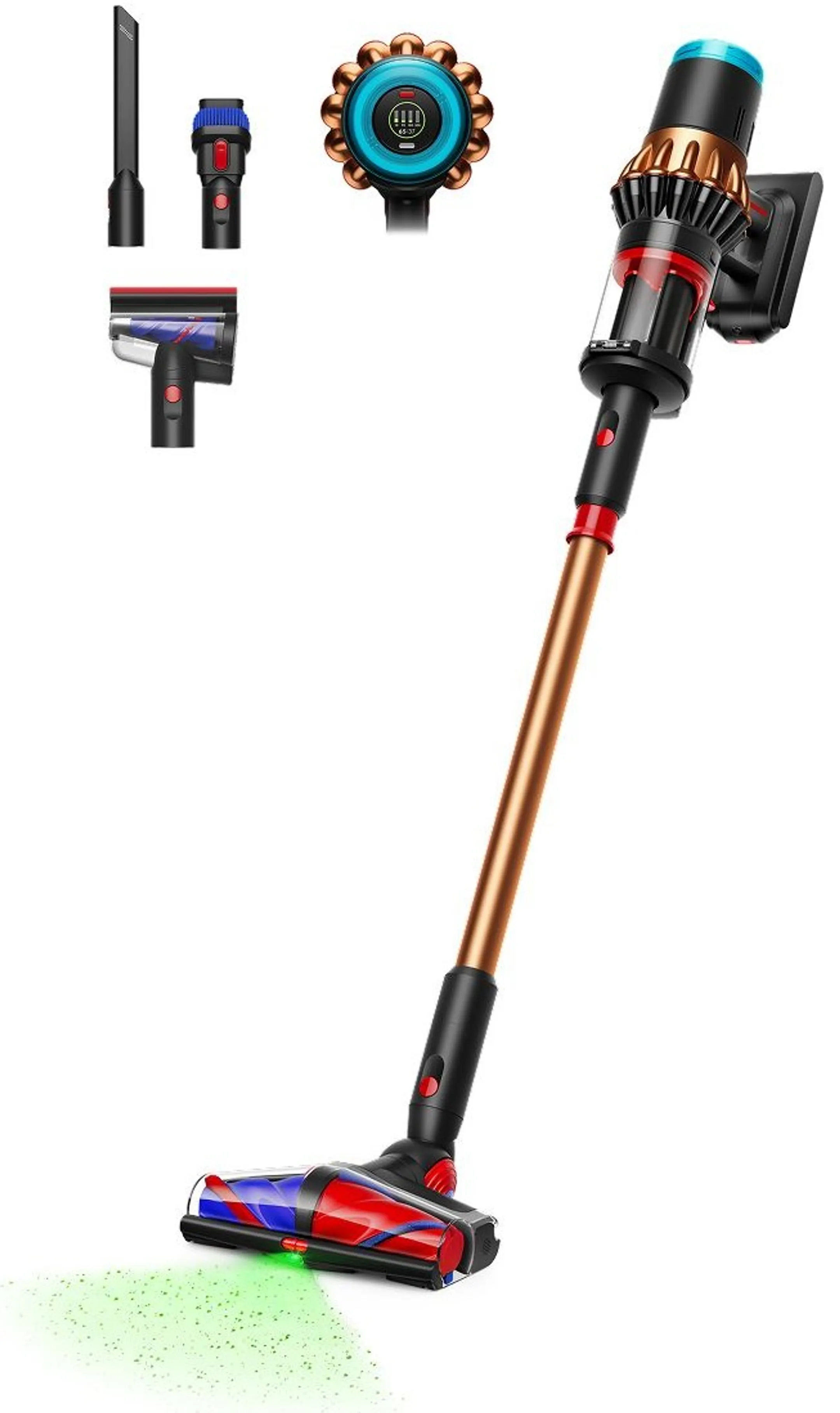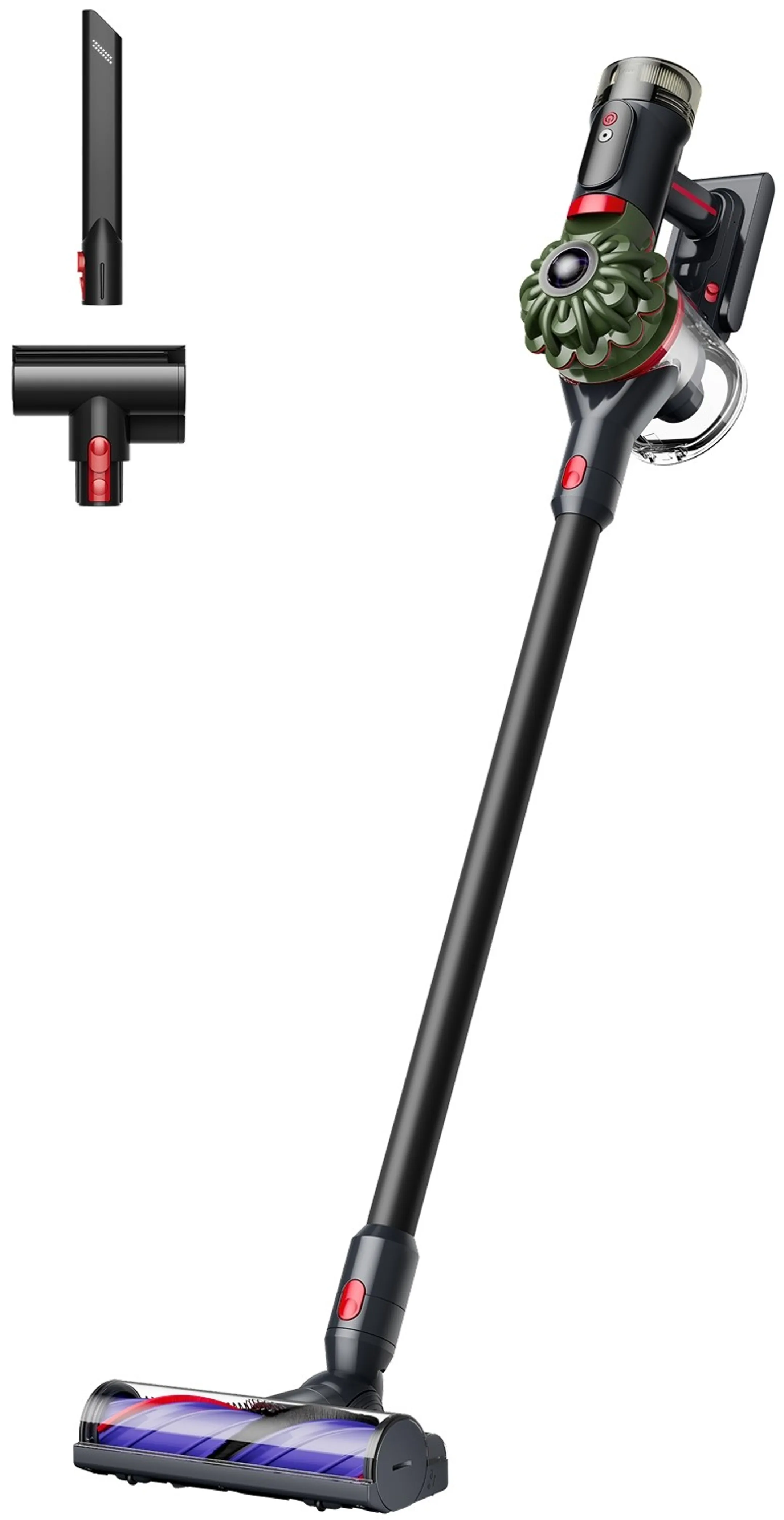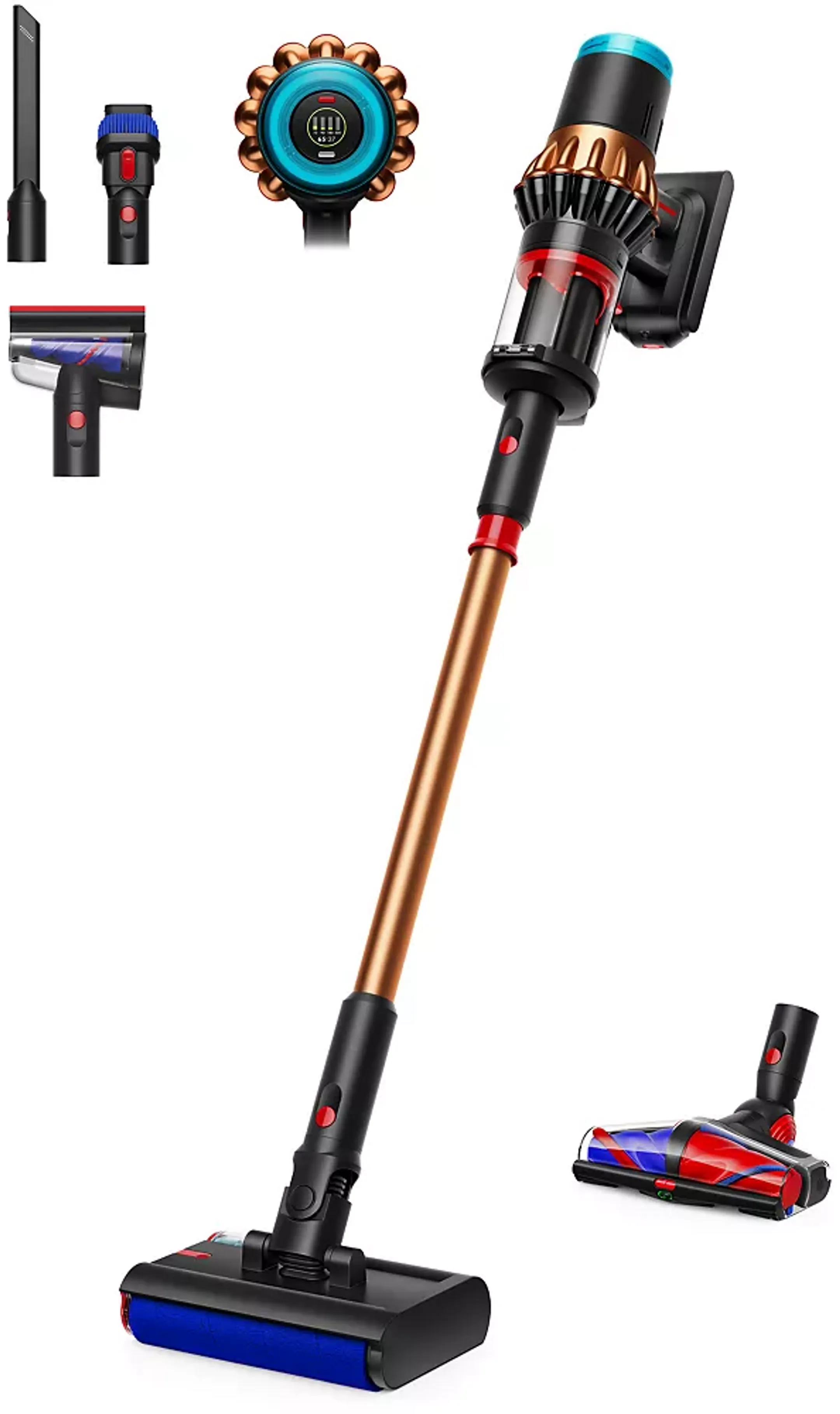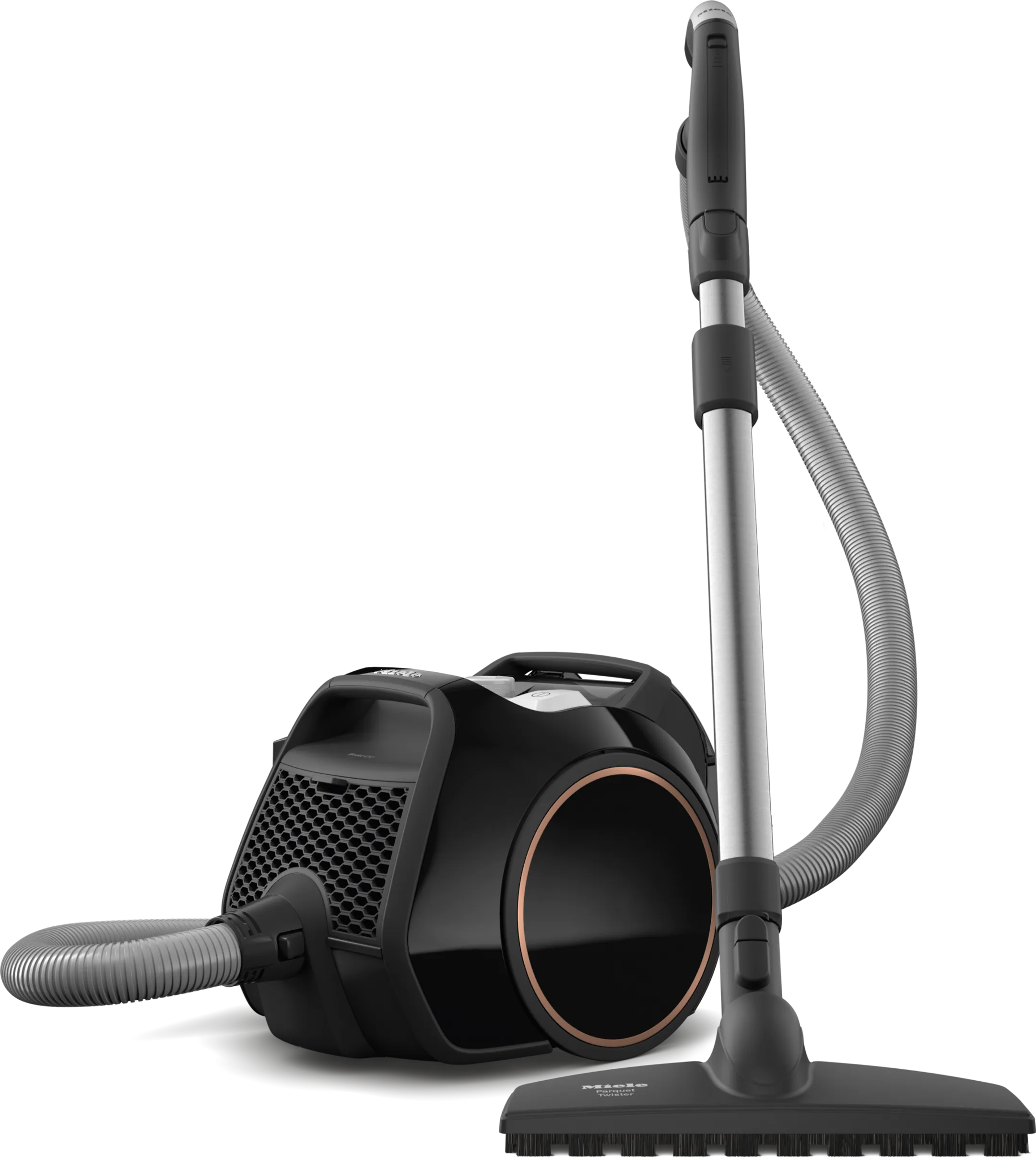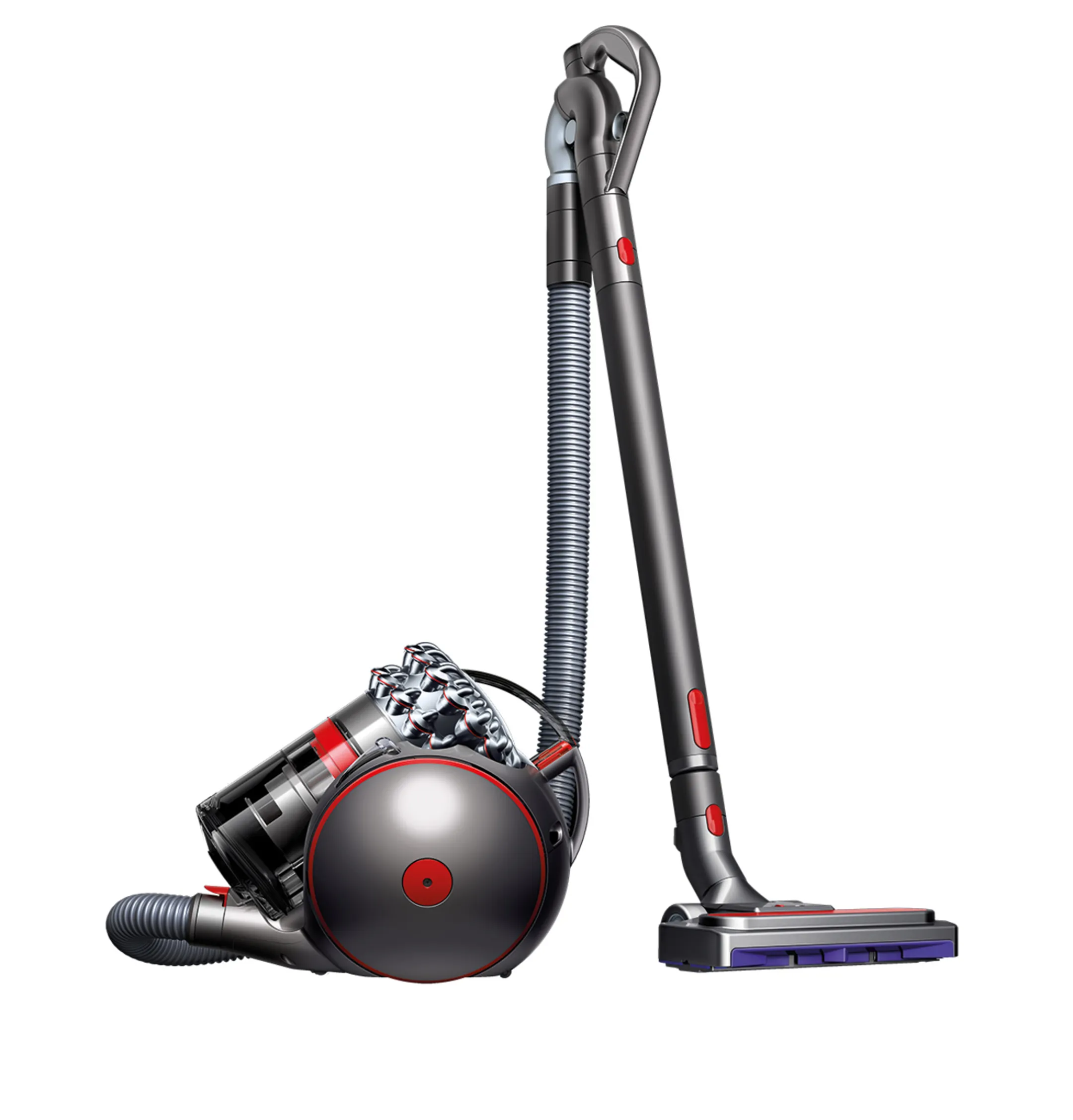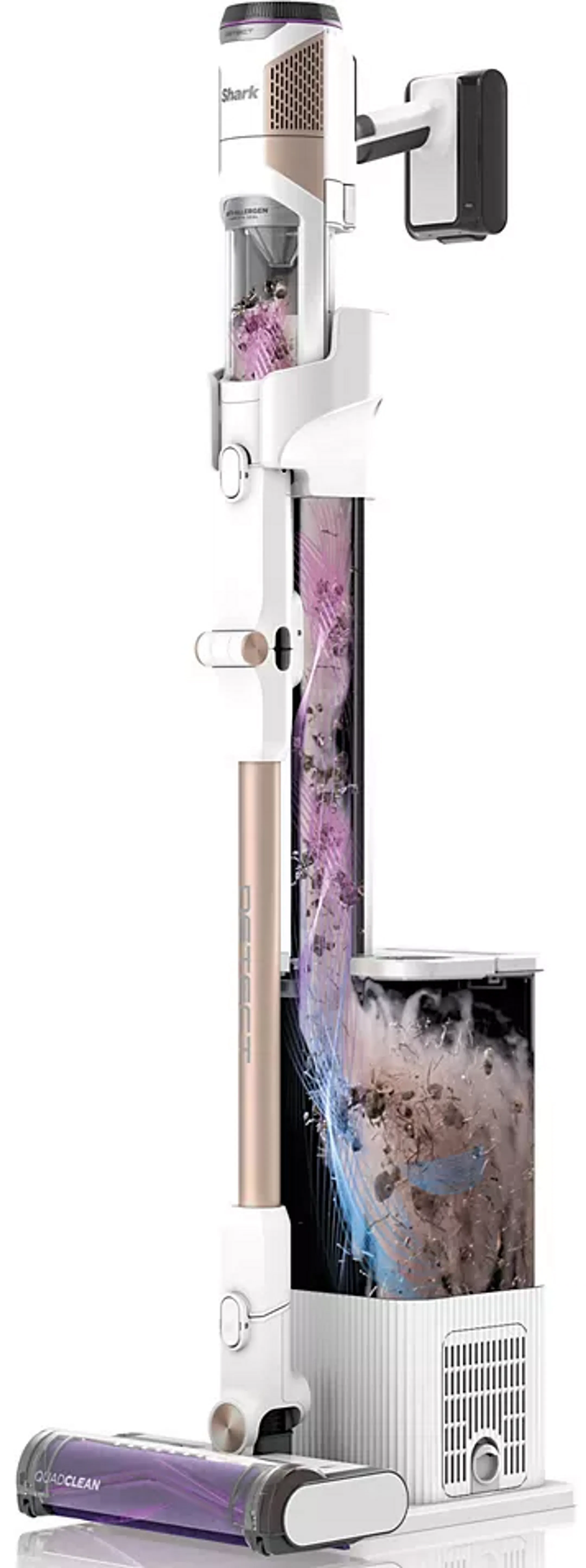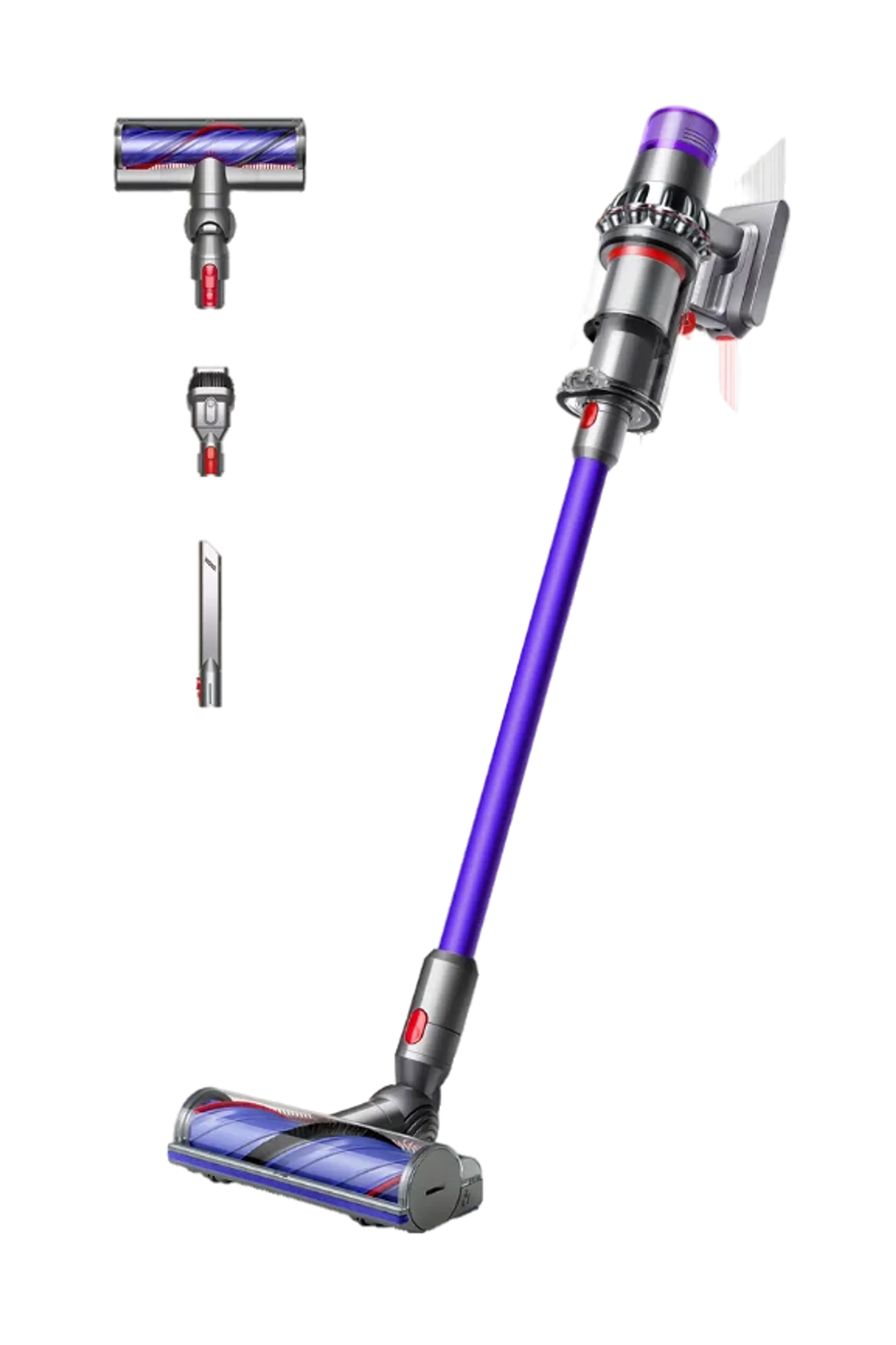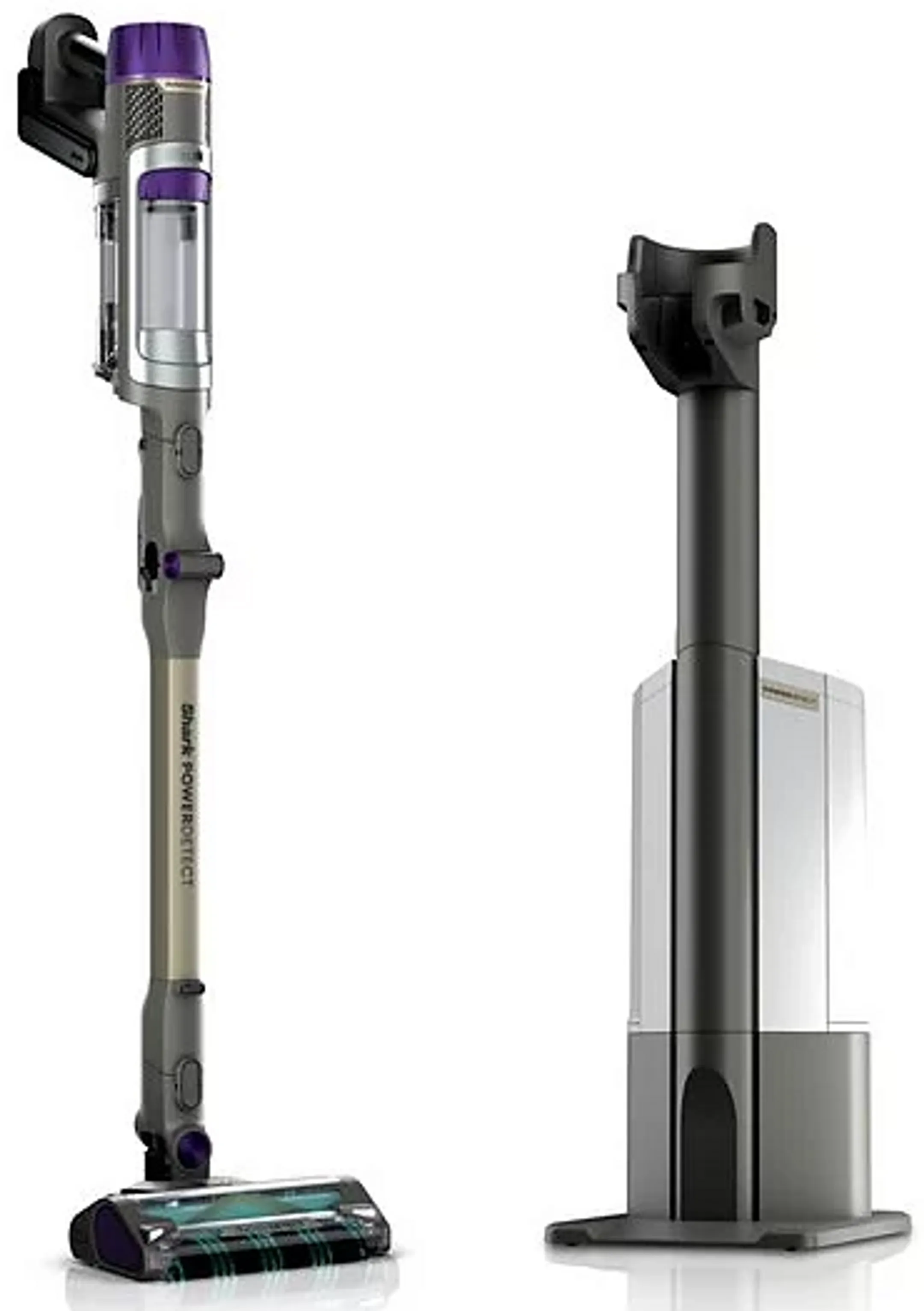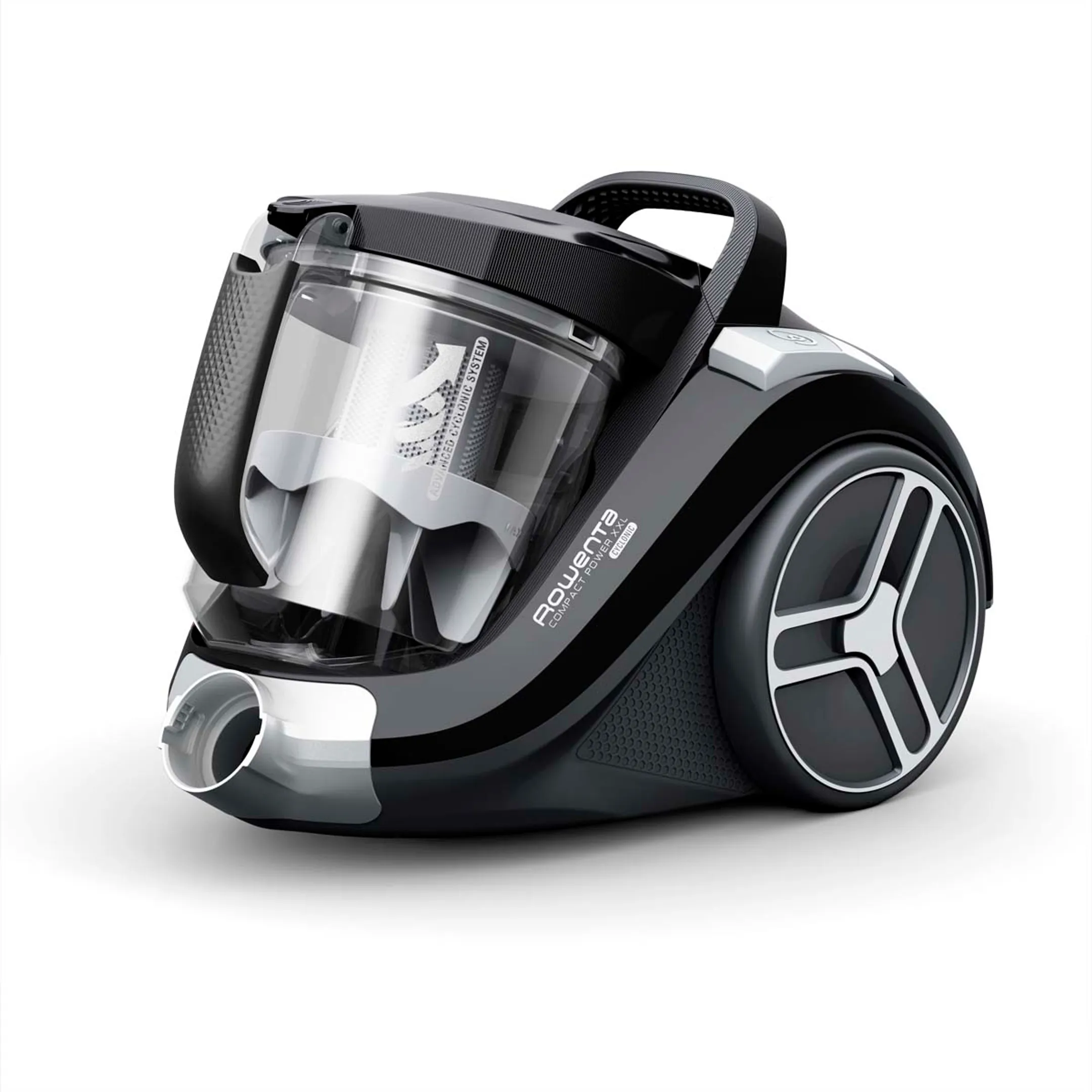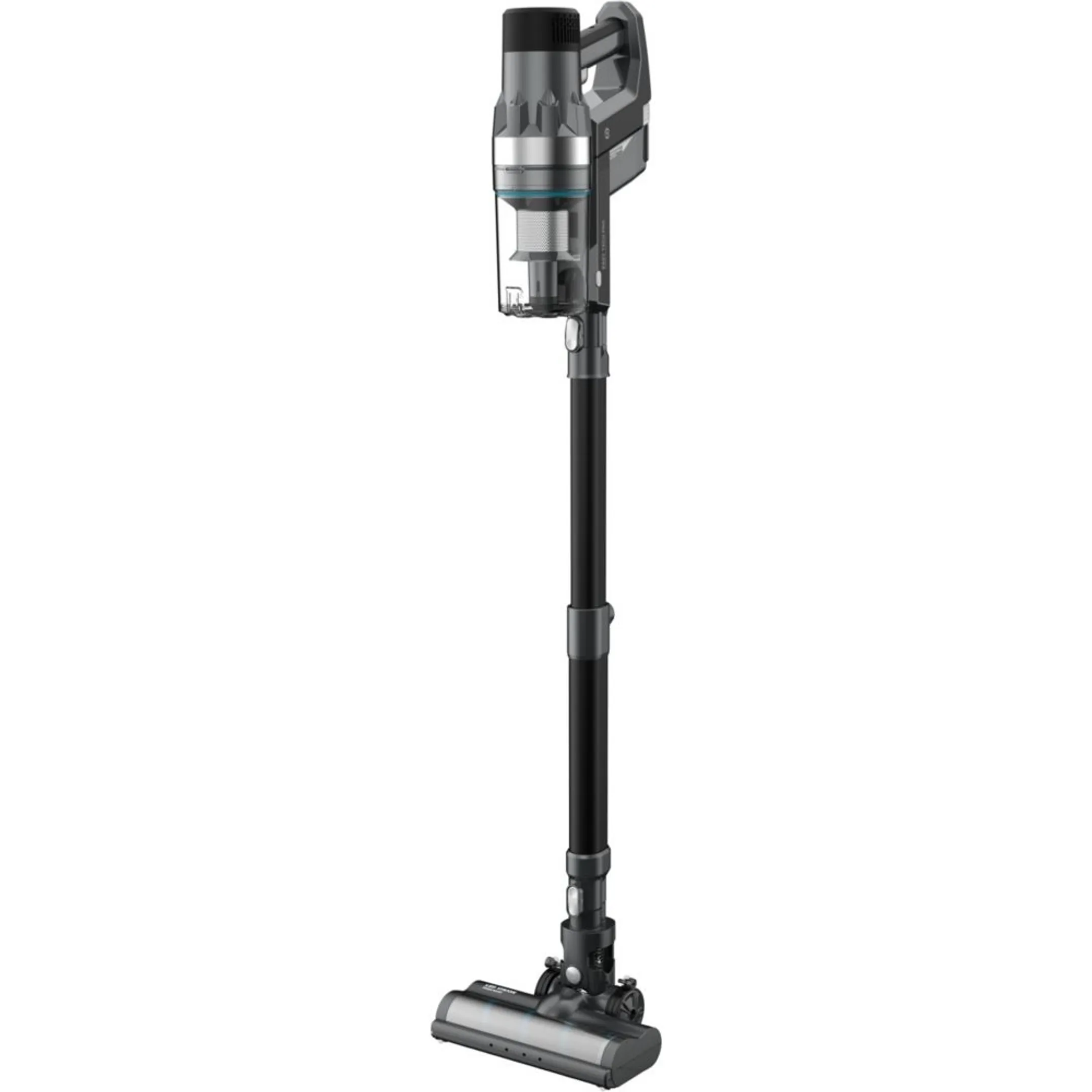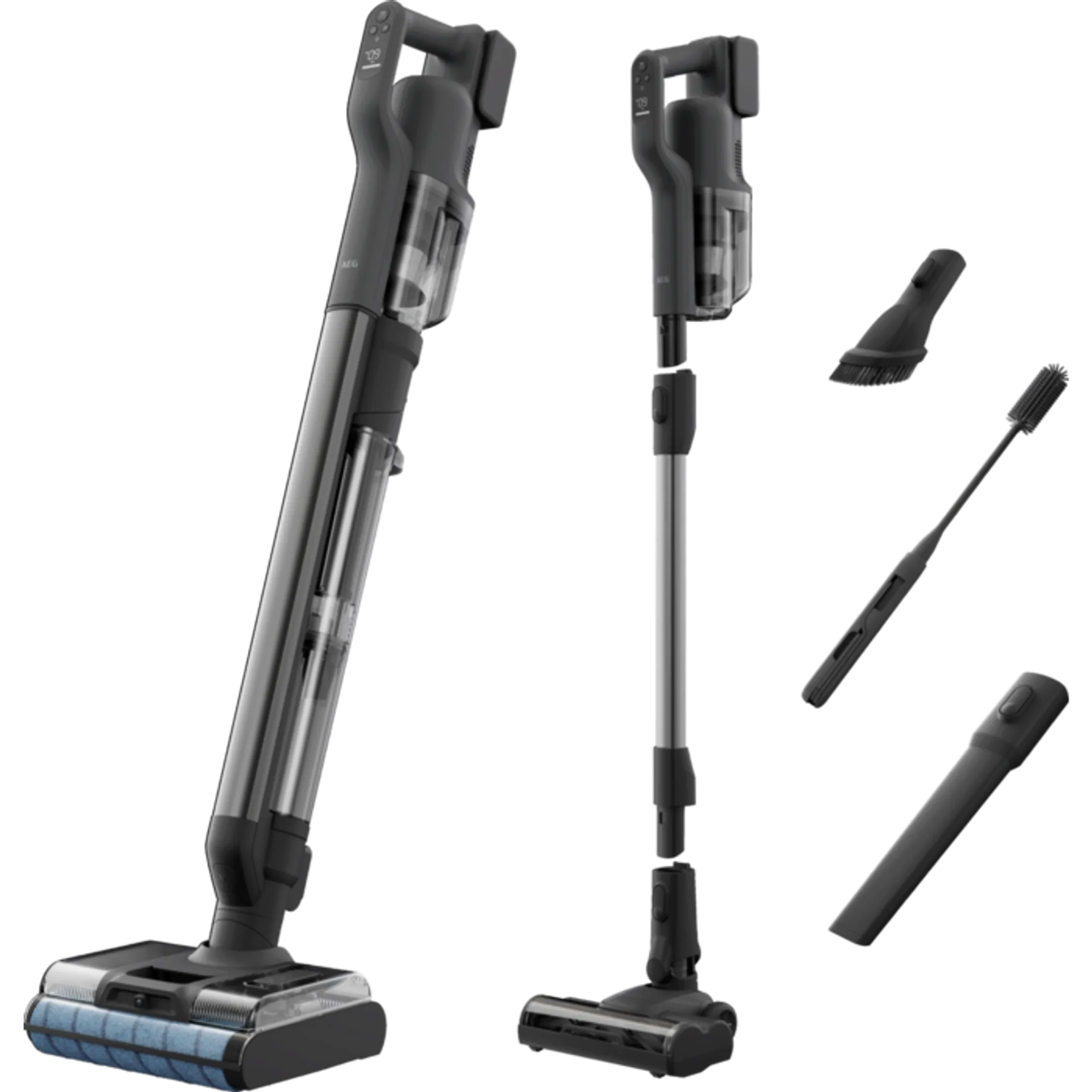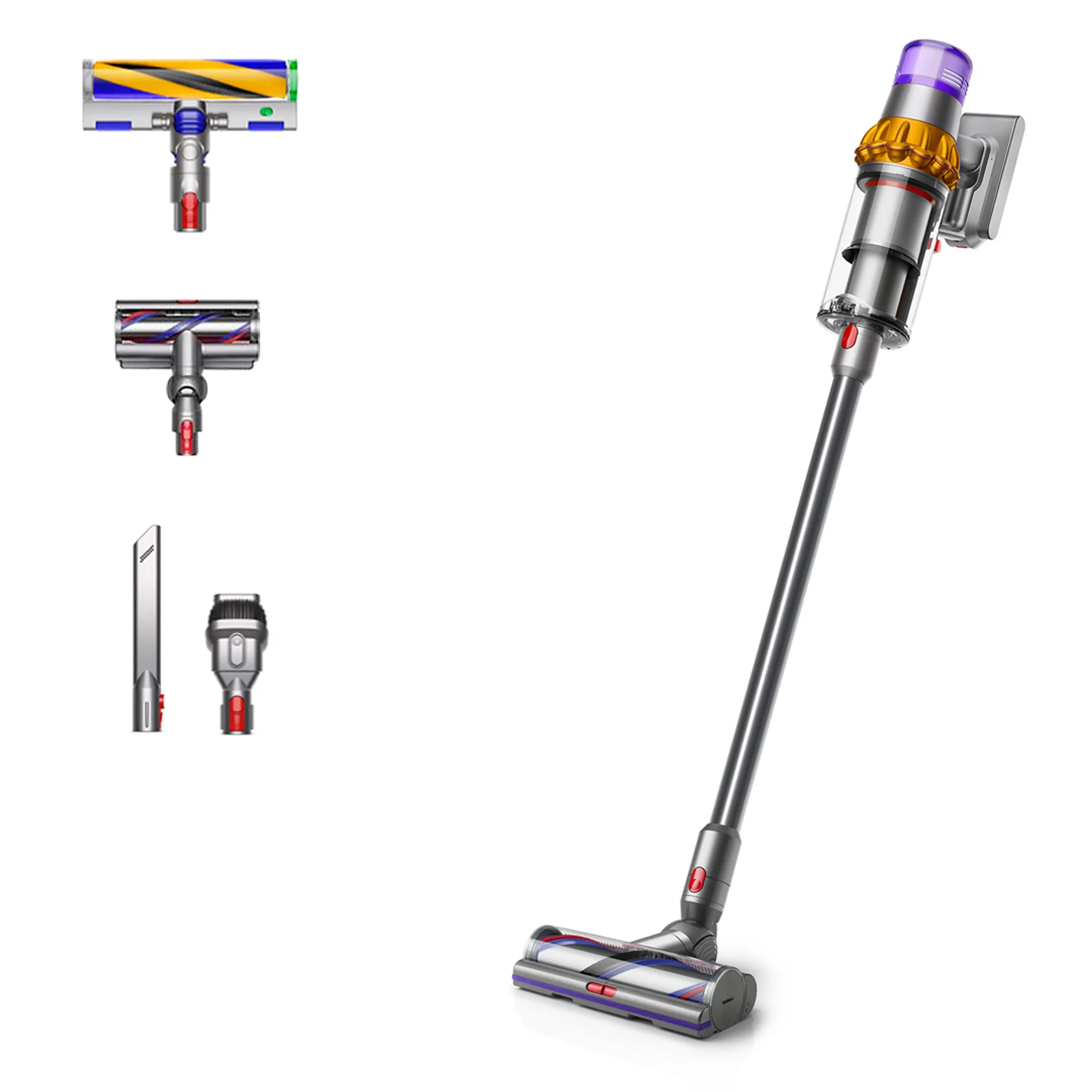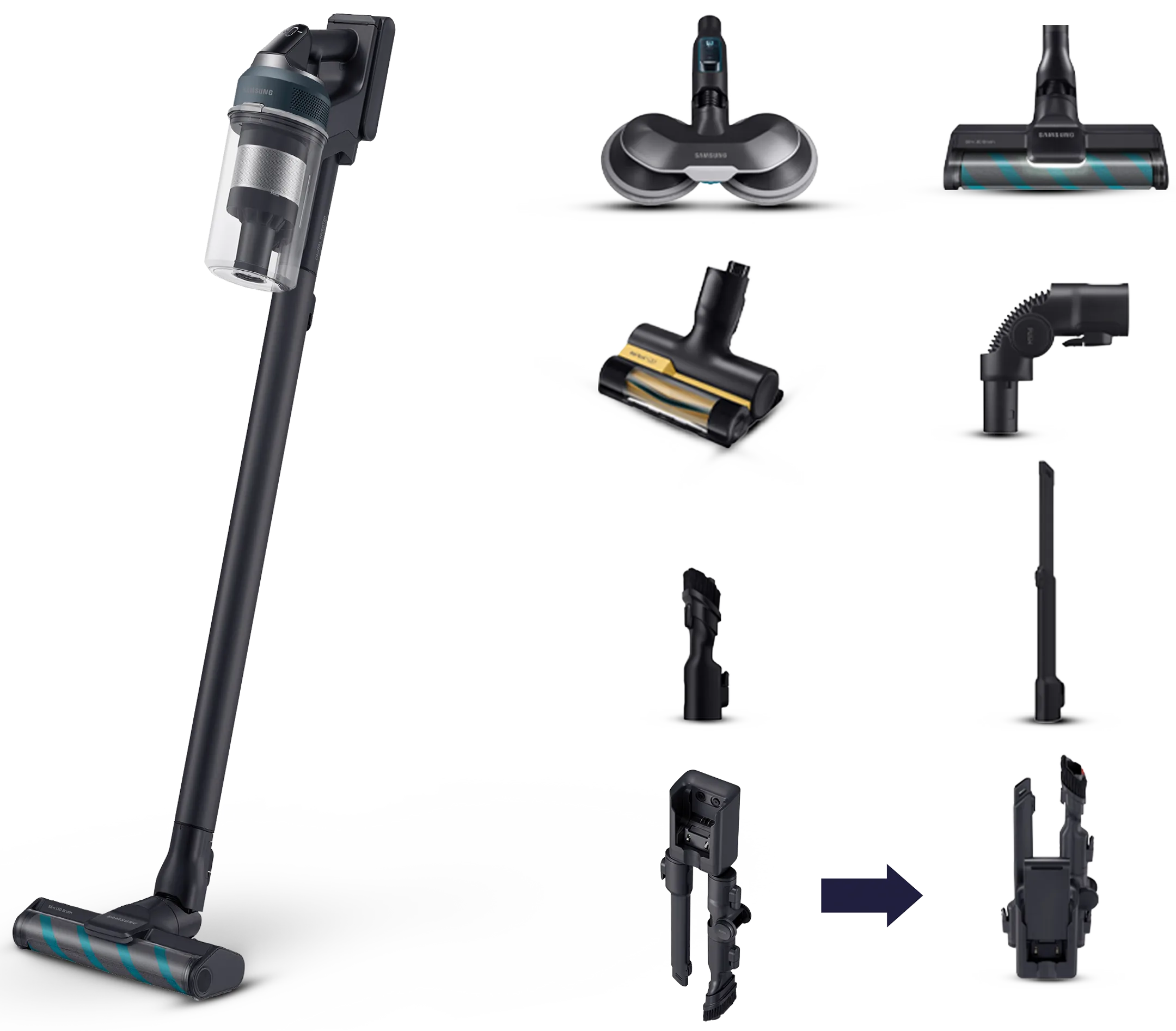Which vacuum cleaner should you choose?
Vacuum cleaners combine modern design, advanced technologies, and ease of use to meet all your cleanliness expectations. At HIFI Luxembourg, whether you're looking for a powerful vacuum cleaner to effectively eliminate dust or a practical cheap model for daily use, renowned brands such as Dyson, AEG, ESSENTIEL-B, Miele, Nifisk, Philips, Roborock, Rowenta, iRobot offer a wide range of options to suit every need. You will find bagless vacuums, bagged vacuums, stick vacuums, and even robot vacuums, catering to all preferences and situations.
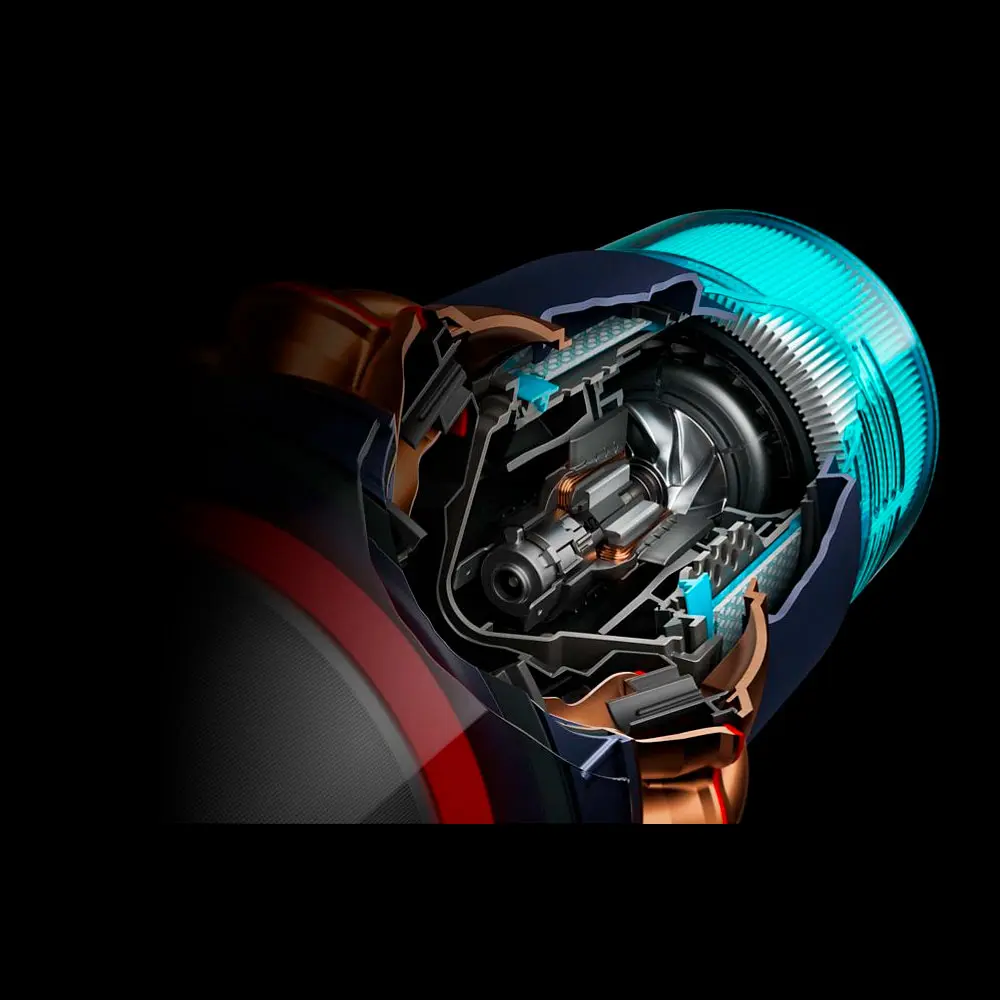
1. Essential Questions
Before purchasing a vacuum cleaner, take the time to answer these questions. They’ll help you identify your specific needs and find the model best suited to your situation.
1. What is the size of your home?
Less than 50 m² -> Small space
Between 50 and 100 m² -> Medium space
More than 100 m² -> Large space
2. What type of cleaning do you need?
Deep cleaning
Quick daily maintenance
3. What are your floor types?
Mostly carpets and rugs
Primarily hardwood and tiles
A mix of different surfaces
4. Do you want a versatile device?
Simple vacuuming
Vacuuming and hard floor washing
5. What qualities are your priorities?
Suction power
Filtration quality
Lightweight design
Large dustbin capacity
Specific accessories
Display of suction information
2. The different types of vacuum cleaner
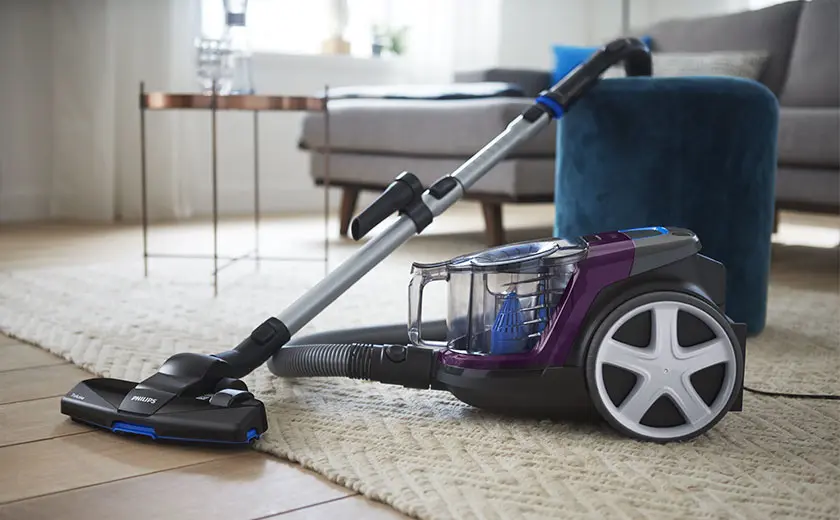
2. The different types of vacuum cleaner
The classic canister vacuum cleaner remains a reliable choice for efficient cleaning. Powerful and versatile, it is particularly suitable for large areas and thick carpets.
Advantages:
Large dustbin capacity
High suction power
Wide range of available accessories
Generally affordable price
Disadvantages:
Bulky to store
Less practical on stairs
Requires dragging behind you
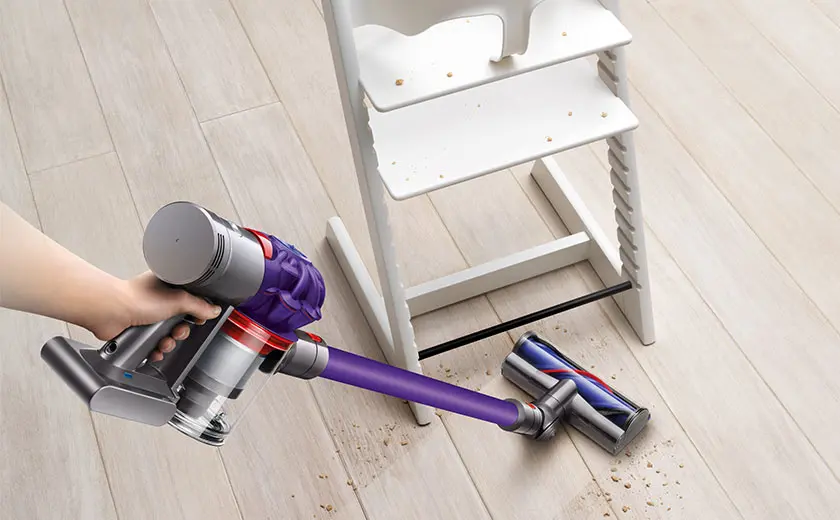
Upright vacuum cleaner
Increasingly popular, the cordless stick vacuum like the Dyson offers great freedom of movement and ease of use.
Advantages:
Extremely maneuverable
No tangled cords
Easy to store
Ideal for daily cleaning
Disadvantages:
Limited battery life (30–60 minutes on average)
Reduced dustbin capacity
Higher price
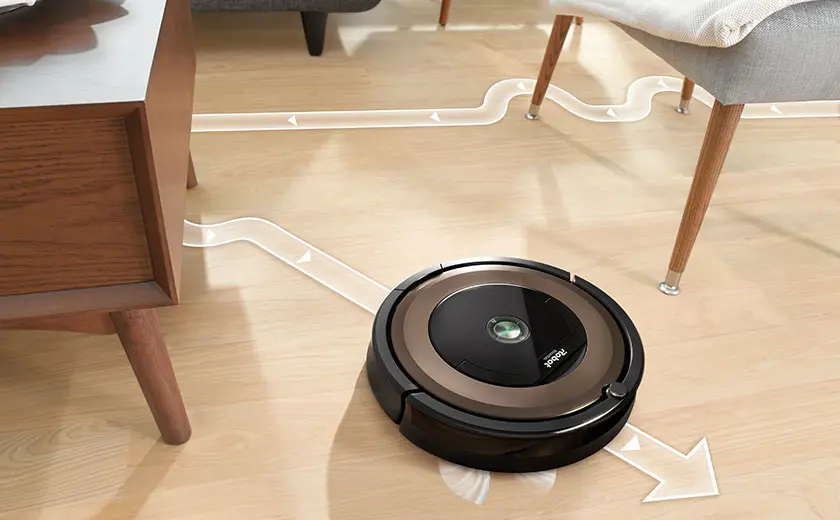
Robotic vacuum cleaner
The robot vacuum cleaner is an automated solution for keeping your home clean every day.
Advantages:
Automatic cleaning
Programmable settings
Can clean under furniture
Saves a significant amount of time
Disadvantages:
Moderate suction power
High price for quality models
Requires a clutter-free floor
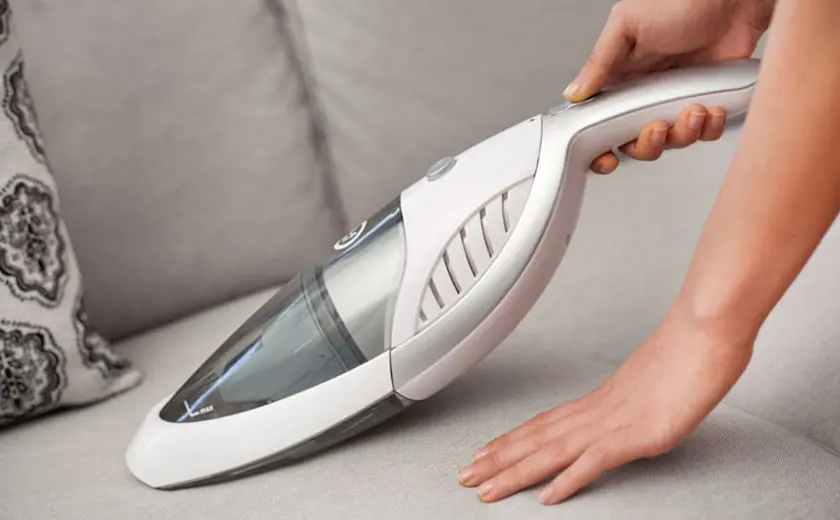
Hand-held vacuum cleaners
Compact and lightweight, the handheld vacuum cleaner is perfect for quick cleanups of small surfaces or occasional use.
Advantages:
Ultra-compact and portable
Perfect for cars and small surfaces
Quick to start
Generally affordable price
Ideal for crumbs and small debris
Disadvantages:
Limited battery life (10–20 minutes)
Small dustbin capacity
Moderate suction power
Limited to small surface use
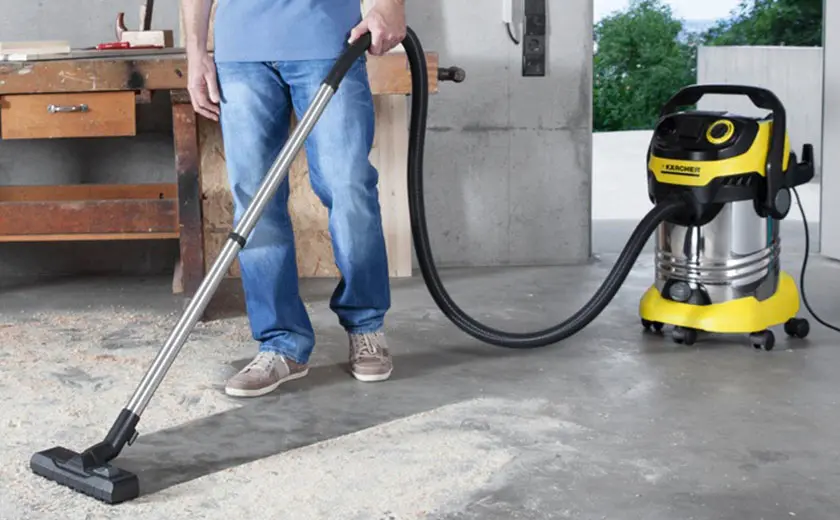
The Wet/Dry Vacuum Cleaner
Also known as a worksite vacuum or wet/dry vacuum, this type of vacuum cleaner is designed for intensive tasks and can handle both dry debris and liquids.
Advantages:
Maximum versatility (dry/wet)
Very large dustbin capacity
Excellent suction power
Robust and durable
Ideal for garages, workshops, and outdoor use
Disadvantages:
Bulky and heavy
High price for professional models
Loud operation
Less suitable for daily household use
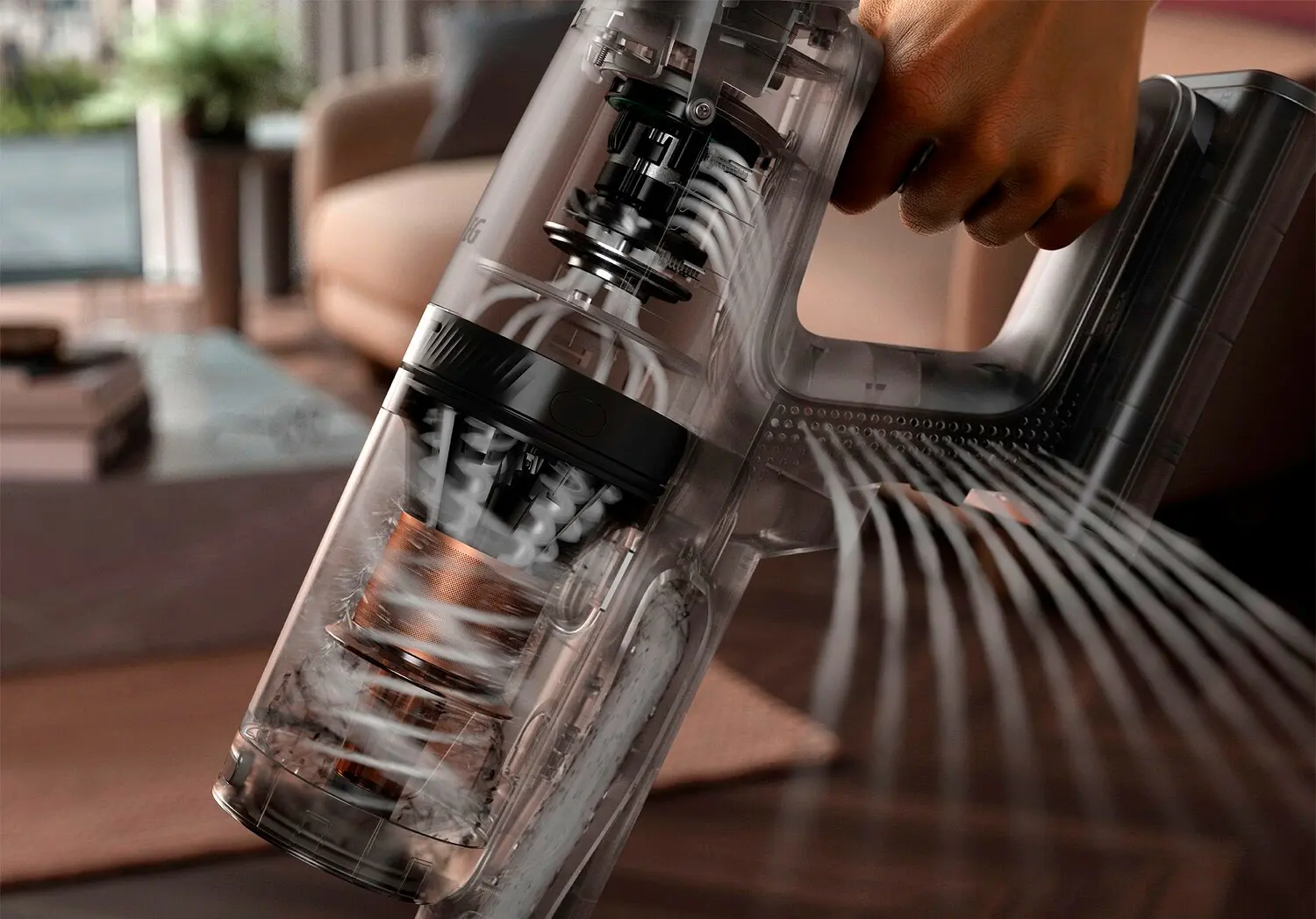
3. Choosing your vacuum cleaner based on your interior
For a Small Apartment
Prioritize a cordless stick vacuum or a robot vacuum:
Easy to store
Optimal maneuverability
Suitable for small spaces
For a Large House
Choose a canister vacuum or combine 2, a robot and a stick vacuum:
Long battery life or operating time
High suction power
Large dustbin capacity
For Allergy Sufferers
Opt for a model with HEPA filtration:
Captures fine particles
Releases cleaner air
Multi-layer filtration system
For Pet Owners
Having pets requires the right equipment to keep your home clean and healthy. Pet hair poses a particular challenge: it clings to fabrics, collects in corners, and can quickly take over your space.
Your vacuum cleaner should feature:
A motorized turbo brush:
Specially designed to remove embedded pet hair from carpets and rugs
An upholstery tool:
To effectively clean sofas and chairs where your pets like to rest
A mini motorized brush:
Perfect for stairs and hard-to-reach areas
A crevice tool:
To reach hair trapped in corners and along baseboards

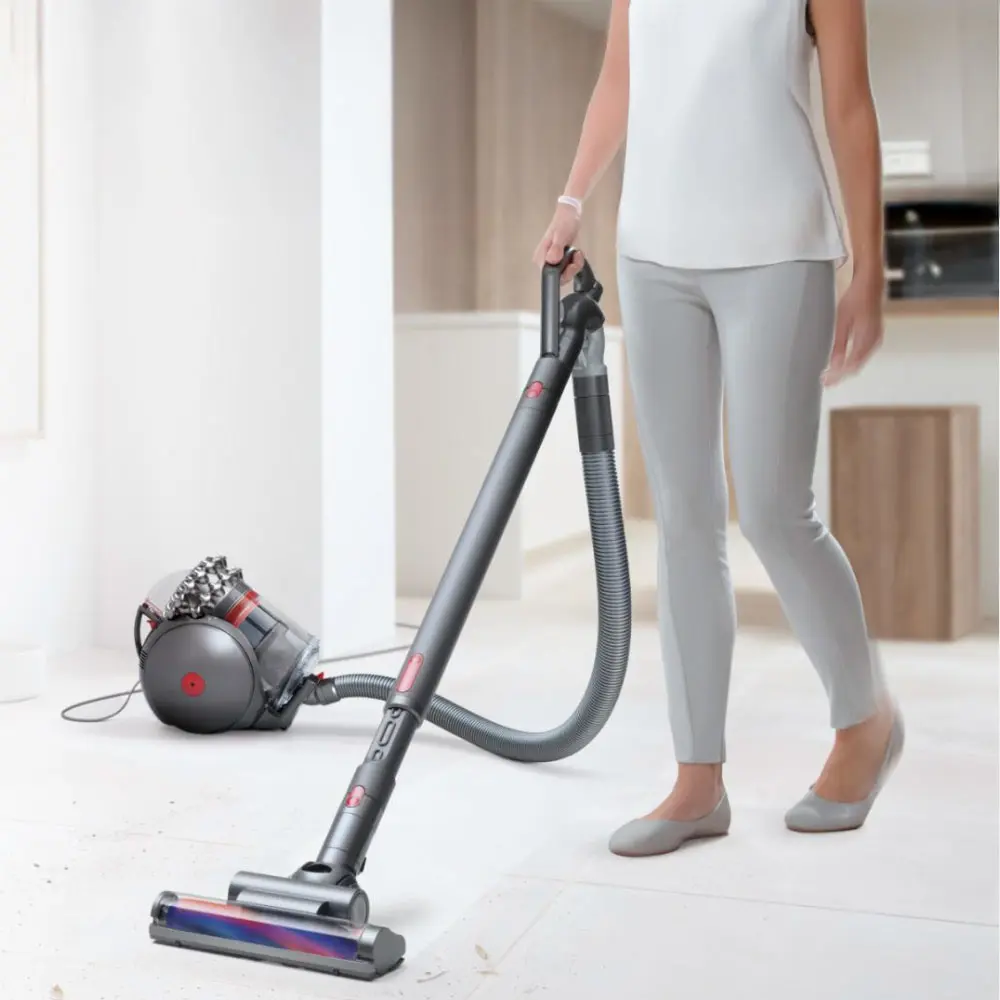
5. Vacuum Cleaner with or without a Bag: Which One to Choose?
The dilemma between a vacuum cleaner with or without a bag is often the first question people ask. Each technology has its own advantages and disadvantages, which are essential to understand before making a decision.
Bagged Vacuums: The Reliable Choice
Bagged vacuum cleaners remain a benchmark for hygiene and convenience for many users. Their main advantage of the vacuum cleaner bag lies in their airtight filtration system, which effectively traps dust. During disposal, the bag is easily removed and directly thrown away, thus limiting the dispersion of allergens into the air.
Advantages of Bagged Vacuums:
Optimal filtration, especially suited for allergy sufferers
Simple and hygienic maintenance without contact with dust
Generally quieter operation
Large storage capacity (up to 5L)
Disadvantages to Consider:
Recurring cost of bags
Gradual loss of suction as the bag fills up
Greater environmental impact due to disposable bags
Bagless Vacuums: The Economical Solution
Bagless technology has revolutionized the market with its cyclonic system, which separates air and dust using centrifugal force. This innovation ensures constant suction power while reducing operating costs.
Advantages of Bagless Vacuums:
No additional cost for purchasing bags
Suction power remains stable
Visual control of the fill level
More eco-friendly maintenance without consumables
Disadvantages to Consider:
Emptying can release dust clouds
More frequent maintenance of the dustbin and filters
Sometimes louder operation
Smaller storage capacity (1.5 to 2.5L)
Compare different types of vacuum cleaners
| Bagged vacuum cleaner | Stick vacuum | Robot vacuum | Bagless vacuum cleaner | Handheld vacuum | Wet/dry vacuum | Floor and carpet cleaners |
|---|---|---|---|---|---|---|
|
Advantages:
|
Advantages:
|
Advantages:
|
Advantages:
|
Advantages:
|
Advantages:
|
Advantages:
|
|
Disadvantages:
|
Disadvantages:
|
Disadvantages:
|
Disadvantages:
|
Disadvantages:
|
Disadvantages:
|
Disadvantages:
|
FAQ: Everything you need to know to choose the right hoover
Our Vacuum Cleaners
Updated on August 12, 2025



